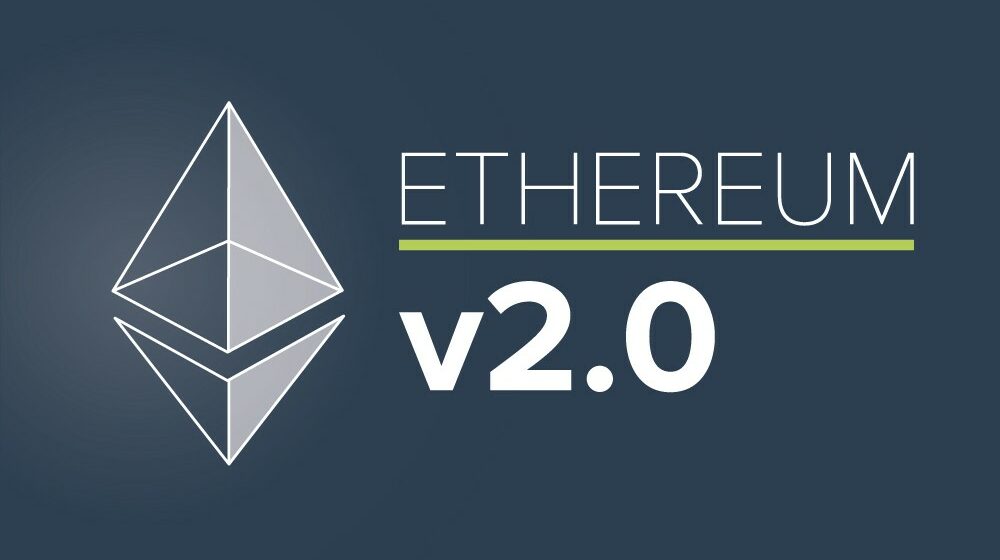Ethereum 2.0, also known as Serenity, is the next major upgrade to the Ethereum network. This upgrade aims to address some of the scalability and security issues that have plagued Ethereum since its launch in 2015. In this article, we’ll take a closer look at Ethereum 2.0 and what it means for the future of the Ethereum network.
Key Takeaways
- Ethereum 2.0 is a major upgrade to the Ethereum network that aims to address scalability and security issues by transitioning to a proof-of-stake consensus mechanism and implementing shard chains.
- The proof-of-stake mechanism used in Ethereum 2.0 will greatly reduce the energy consumption of the network, making it more sustainable.
- The shard chains implemented in Ethereum 2.0 will increase the scalability of the network, allowing for more transactions to be processed at the same time.
- Ethereum 2.0 will increase decentralization by allowing anyone to become a validator by staking a certain amount of Ethereum.
- The Ethereum 2.0 upgrade will include a new governance mechanism that will allow for more efficient and effective decision-making within the network.
What is Ethereum 2.0?
Ethereum 2.0 is a major upgrade to the Ethereum network that will bring a number of new features and improvements. The most significant change is the transition from a proof-of-work (PoW) consensus mechanism to a proof-of-stake (PoS) mechanism. This means that instead of miners solving complex mathematical equations to validate transactions, Ethereum 2.0 will use validators who will be required to stake a certain amount of Ethereum as collateral in order to validate transactions.
Another key feature of Ethereum 2.0 is shard chains. This refers to the ability to split the Ethereum network into multiple smaller chains, each with their own consensus mechanism. This will allow for more transactions to be processed at the same time, which will greatly increase the scalability of the Ethereum network.
Why is Ethereum 2.0 Necessary?
The Ethereum network has come a long way since its launch in 2015, but it is still facing a number of scalability and security issues. The main issue is the high cost of transactions. The more people use the network, the more expensive it becomes to send and receive transactions. This is because the current proof-of-work consensus mechanism requires miners to solve complex mathematical equations in order to validate transactions, which takes a lot of computational power and energy.
Another issue is security. While the Ethereum network is considered to be one of the most secure in the world, it is still vulnerable to attacks. The most significant vulnerability is the potential for a 51% attack, where a group of miners control more than half of the network’s computational power and can potentially double-spend coins or block other miners from validating transactions.
Ethereum 2.0 aims to address these issues by transitioning to a proof-of-stake consensus mechanism and implementing shard chains. The proof-of-stake mechanism will greatly reduce the energy consumption of the network, making it more sustainable. The shard chains will also increase the scalability of the network, allowing for more transactions to be processed at the same time.
How Does Ethereum 2.0 Work?
Ethereum 2.0 is based on a proof-of-stake consensus mechanism. This means that instead of miners solving complex mathematical equations to validate transactions, Ethereum 2.0 will use validators who will be required to stake a certain amount of Ethereum as collateral in order to validate transactions. The more Ethereum a validator stakes, the more likely they are to be selected to validate a transaction.
Once a validator is selected, they will be required to perform a specific task, known as “validating a block”. This involves verifying that all the transactions in the block are valid and then adding the block to the Ethereum 2.0 blockchain. Once the block is added, the validator will receive a reward in the form of newly minted Ethereum.
What are the Benefits of Ethereum 2.0?
There are several benefits of Ethereum 2.0 that will have a major impact on the Ethereum network.
- Increased scalability: The implementation of shard chains will allow for more transactions to be processed at the same time, greatly increasing the scalability of the Ethereum network.
- Reduced energy consumption: The proof-of-stake consensus mechanism used in Ethereum 2.0 will greatly reduce the energy consumption of the network, making it more sustainable.
- Increased security: The proof-of-stake mechanism also makes the network more secure by reducing the risk of a 51% attack.
- Increased decentralization: With the proof-of-stake mechanism, anyone can become a validator by staking a certain amount of Ethereum. This will greatly increase the decentralization of the network, making it more resistant to censorship and control by a small group of individuals or organizations.
- Better governance: With more decentralization comes better governance. The Ethereum 2.0 upgrade will also include a new governance mechanism that will allow for more efficient and effective decision-making within the network.
What are the Challenges of Ethereum 2.0?
As with any major upgrade, there are also challenges that need to be addressed with Ethereum 2.0. One of the main challenges is the complexity of the upgrade. The Ethereum 2.0 upgrade is a major change to the network and will require significant testing and development before it can be fully implemented.
Another challenge is the potential for a lack of adoption. As Ethereum 2.0 is a major change to the network, it is possible that some users and developers may not be willing to switch over to the new network. This could lead to a split in the Ethereum community and a decrease in the overall value of Ethereum.
Conclusion
Ethereum 2.0, also known as Serenity, is the next major upgrade to the Ethereum network that aims to address some of the scalability and security issues that have plagued Ethereum since its launch in 2015. The upgrade will bring a number of new features and improvements, including the transition from a proof-of-work consensus mechanism to a proof-of-stake mechanism and the implementation of shard chains. While there are challenges that need to be addressed, the benefits of Ethereum 2.0 are significant and will have a major impact on the Ethereum network. The Ethereum 2.0 upgrade is a major step forward for the Ethereum network and will pave the way for the future of the Ethereum 2.0.
Support Zerocrypted
- Trade on Bitmex
- Trade on Binance Jersey
Subscribe to our Newsletter to be a part of our future $1,000 per month contests.


